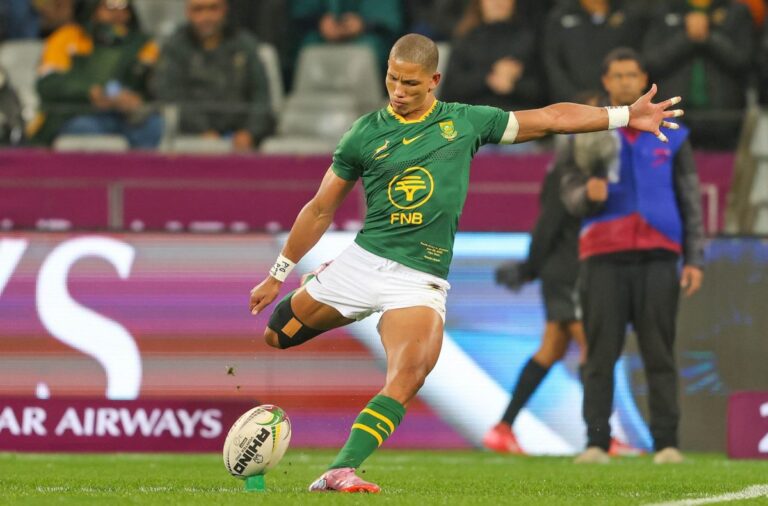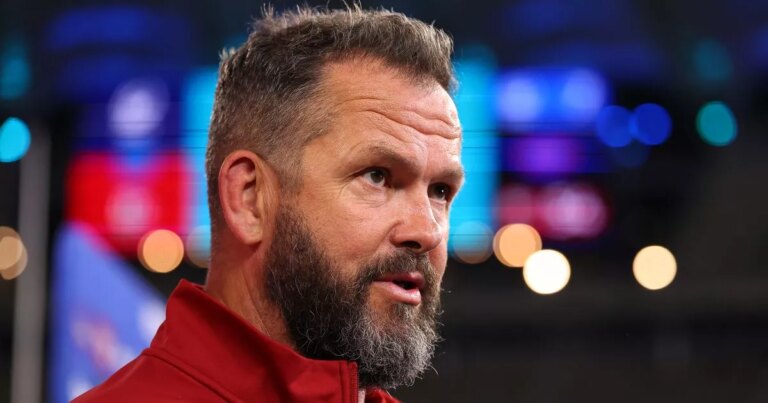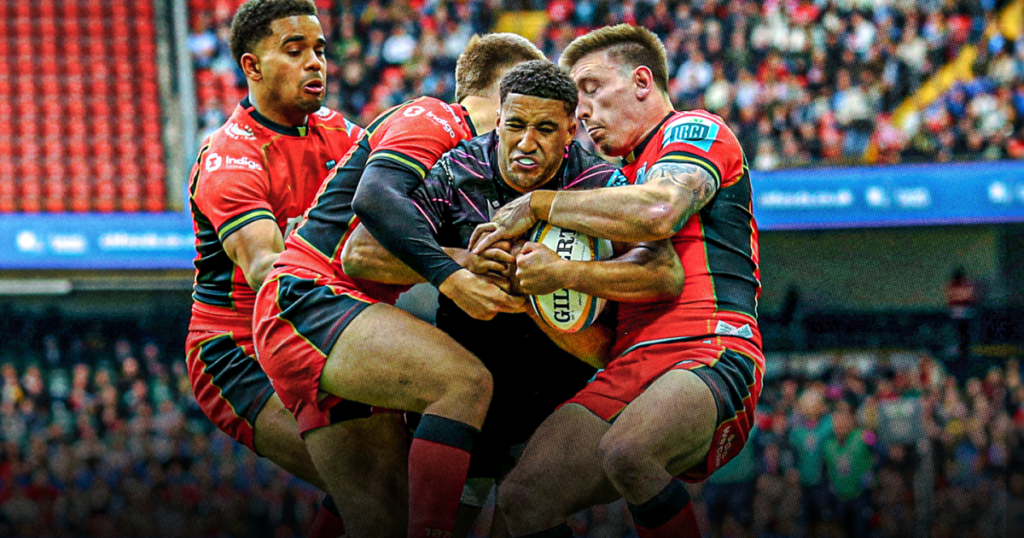
Australia has finally grasped the nettle – now it is Wales’ turn to follow the Aussie template, and shrink to regional success. On 30 May 2024, Rugby Australia announced one of its five professional franchises, the Melbourne Rebels, would not play in Super Rugby Pacific 2025. It was a bold and controversial decision, but it was probably the right one for the future of the professional game in the country.
John F Kennedy once remarked “those who make peaceful revolution impossible will make violent revolution inevitable”. There comes a moment when evolution within an established system needs to stop if it has not produced definite, observable results. When that tipping point arrives, a revolution is necessary.
From RA’s point of view, the Rebels were AUD $23m in debt and had yet to “demonstrate financial stability”. According to the union, plans for the future presented by a consortium led by former Qantas chairman Leigh Clifford carried an unacceptable level of risk. RA chair Dan Herbert claimed the Rebels board had “let rugby stakeholders in Victoria down”, before expanding thus:

“We are now six years away from where Rugby Australia paid AUD $13.8 million towards Rebels debts back in 2017 and gave an additional AUD $6 million of funding.
“There’s been tens of millions of dollars spent on this franchise over and above other Super Rugby clubs.”
The club entered voluntary administration in January 2024 and RA chose to invoke its right not to renew the Rebels’ participation agreement for the 2025 season. A long and tortuous legal wrangle has ensued, with the Rebels now seeking AUD $30m in damages through the courts.
Even the bare bones of that scenario Down Under will now seem grimly familiar to rugby watchers in Wales. On 18 May, it was reported the Welsh Rugby Union had activated a two-year notice on the Professional Rugby Agreement [PRA] with its four regions, having failed to reach a consensus with the two West Walian franchises, the Ospreys and the Scarlets. All four professional entities were given a deadline to ink a new deal by 8 May, but only union-owned Cardiff and the Dragons signed on the dotted line.
As in Australia, there is a powerful undercurrent of mutual suspicion between the union and private ownership. Only one month ago, the WRU had assumed control of Cardiff, absorbing £9m of debt in the process. The Ospreys [owned by Y11 Sport & Media] and the Scarlets [owned by Llanelli RFC] promptly took a step back, asking for “key issues” of the takeover to be resolved before signing.
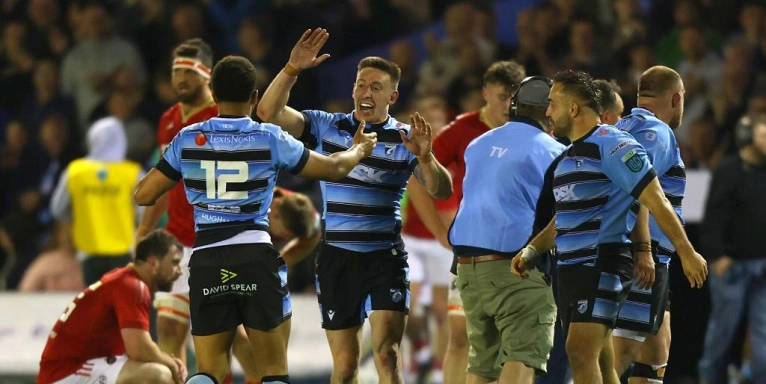
The union is currently looking to refinance its existing NatWest and Welsh government debt facility, but since negotiations began on the form of the new PRA last year the amount of investment demanded from the ‘Regional Principal Investors’ [shorthand for private benefactors] has increased from an estimated £22m to around £41m over the five-year term.
Under the terms of the new PRA, the union has far more flexibility about where and how it allocates its money. Any increase in profits no longer has to be ploughed automatically into servicing debt at four professional clubs. The debt allocation is worth £800K p/a to the Dragons and Cardiff within their individual £6.5m seasonal budget, but it could be far less for remaining region[s] if either one franchise is dropped completely, or the union opts for a 3+1, or 2+2 model.
A reduction from four to three teams is the most likely option, and it will help make Welsh rugby far more competitive at club/provincial level. It may even make them winners again. After expanding to five teams with the introduction of the Western Force in 2006 and the Rebels in 2011, Australia only produced two champions [the 2001 Reds and the 2014 Waratahs] and two other finalists in 17 seasons. That compared to two winners and three other finalists in in the 10 seasons prior to expansion.
The two new franchises only enjoyed two winning years in 26 full Super Rugby seasons between them, and they had to wait until 2024 for their one solitary play-off appearance, by the Rebels. Everything looked rosy in the Welsh rugby garden after the 2003 shift to regionalisation: there were five wins in the first nine years of URC [or equivalent] participation between 2003 and 2012. But it was the prelude to a very long drought, with one more championship win in the past 14 years. Ironically, all those titles were won by the two franchises now in open rebellion, the Scarlets and Ospreys.
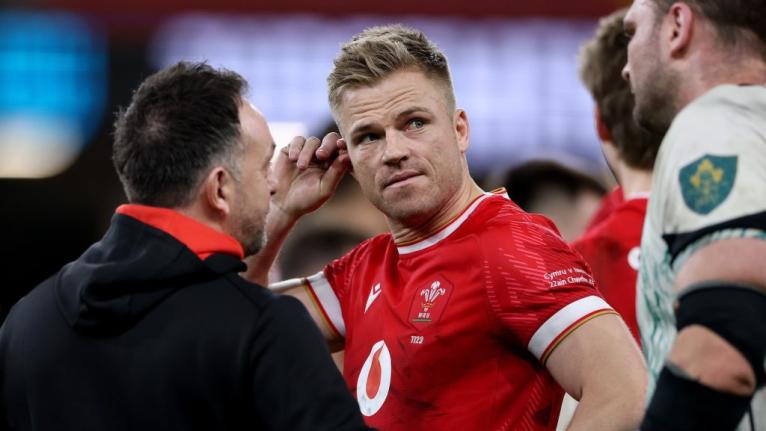
It has been even worse in European competition, with no Welsh appearances at all in Champions Cup finals since 2003 and a paltry two wins [by Cardiff] in the second-tier Challenge Cup over the same period. It is a very modest return for a country in love with the game. The format of regional rugby has failed in Wales and Australia. It was the same story repeated north and south of the equator, but only outsiders seemed able to see the resemblances lucidly, and without bias. As ex-Springbok coach Nick Mallett commented on the ignominious end to Warren Gatland’s second term as Wales national coach, reported ‘live’ on Boks Office in February 2025:
“[Wales] have four professional teams and they don’t have enough quality players for four teams. Think about the growth of Scottish [and Irish] rugby. Ireland started with three [sides] but included a fourth once they were up and running.
“Having Glasgow Warriors and Edinburgh and keeping those two tight – 10 internationals in both teams – you’re drawing from the majority of two teams.
“When Australia were strong – remember when Australia won a World Cup [in 1991]? – there was [only] Queensland and New South Wales, they had hardly opened up Canberra. Whoever won the thing had eight, nine guys in the team and the other team had six. And the understanding between the players was so important.
“Wales haven’t got that … it just seems a mess.”
There will be blood. A reduction from four to three will mean the loss of jobs for not only coaches, players and backroom staff, it will affect employment in all the businesses which service the region remotely. At least in the short-term, a pall may be cast over pathways to professionalism for youngsters in the area. The union has a contractual commitment to provide four sides for both the URC and European competition and could incur financial penalties up to £5m if those are not met. There is no revolution without the blood shed to pay for it in full.
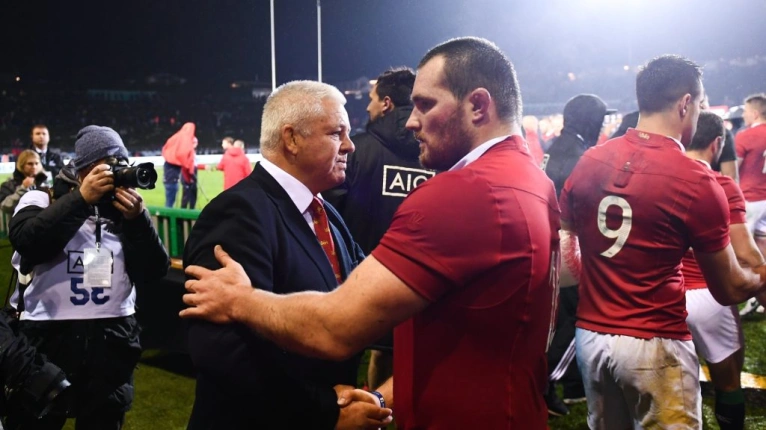
As ex-Scarlets and Wales skipper Ken Owens observed: “We must remember the personal element as well – the players, the staff across all four regions that are affected. We need to have a plan for how to move forward, to turn the negatives around in Welsh rugby. Evolution has gone now, we need revolution.”
One of the more pressing logistical problems would occur if the WRU look to amalgamate the two rebel regions based in Llanelli and Swansea. A straightforward merger of the Scarlets and Ospreys would create a huge imbalance in playing power, with the combined West Wales franchise far stronger than the other two based in Cardiff and Newport.
The Scarlets are currently playing the best rugby of any side in Wales, and an upset away win against Leinster in Saturday’s URC quarter-final is well within their compass. Only one month ago, the West Walians beat the perennial table-toppers convincingly at home 35-22, and the Dubliners will be wary of slipping up on another bright-red banana-skin.
The Scarlets developed the plan used by Northampton Saints to beat Leinster in the Champions Cup semi-final further, using their kicking game off scrum-half Gareth Davies – who is injured for the weekend’s duel – to narrow the backfield and keep the coverage between the two 15m lines.
In all three cases, Scarlets are shifting the burden of responsibility back on to Leinster to make the play from the middle of the pitch, and denying them the chances to create turnovers with their blitz defence. The kicks from Davies split the two acting full-backs down the middle and force a negative return punt.
They also set up the use of the cross-kick in attack by persuading those two backfield defenders to honeypot on the ball down the centre of the park.
In both clips, the last defender is well inside the far 15m line when the kick is made and the nearest back-fielder is struggling to make up ground across the width of the pitch. The first outcome is an easy try for wing Tom Rogers and the second is a penalty in prime position close to the goalline.
The Scarlets also had a crystal-clear attacking plan from scrums on the right side of midfield.
The target-space is around the Leinster right wing, who wants to come up hard and early in the Jacques Nienaber defensive system. In the first clip, he is able to mark the wrap-around by Davies, in the second he is caught a step short when the Scarlets adjust, with the ball distributed straight to full-back Blair Murray fading out on an ‘overs’ line and the defensive wing still looking in at Davies.
The Scarlets can give Welsh rugby an important fillip in the short-term by springing a surprise ambush on Leinster. The long-term solution to Welsh provincial woes is likely to begin with a reduction from four to three teams sometime over the next 12 months.
Australia has pulled the rabbit out of the hat by dropping down from five to four, restoring credibility to Super Rugby by recreating a proper competition between clubs from either side of the Tasman once again. Wales can follow suit. The regional evolution of the game since 2003 has failed, now is the time for the red flags of revolution to rise. There is no other way.
